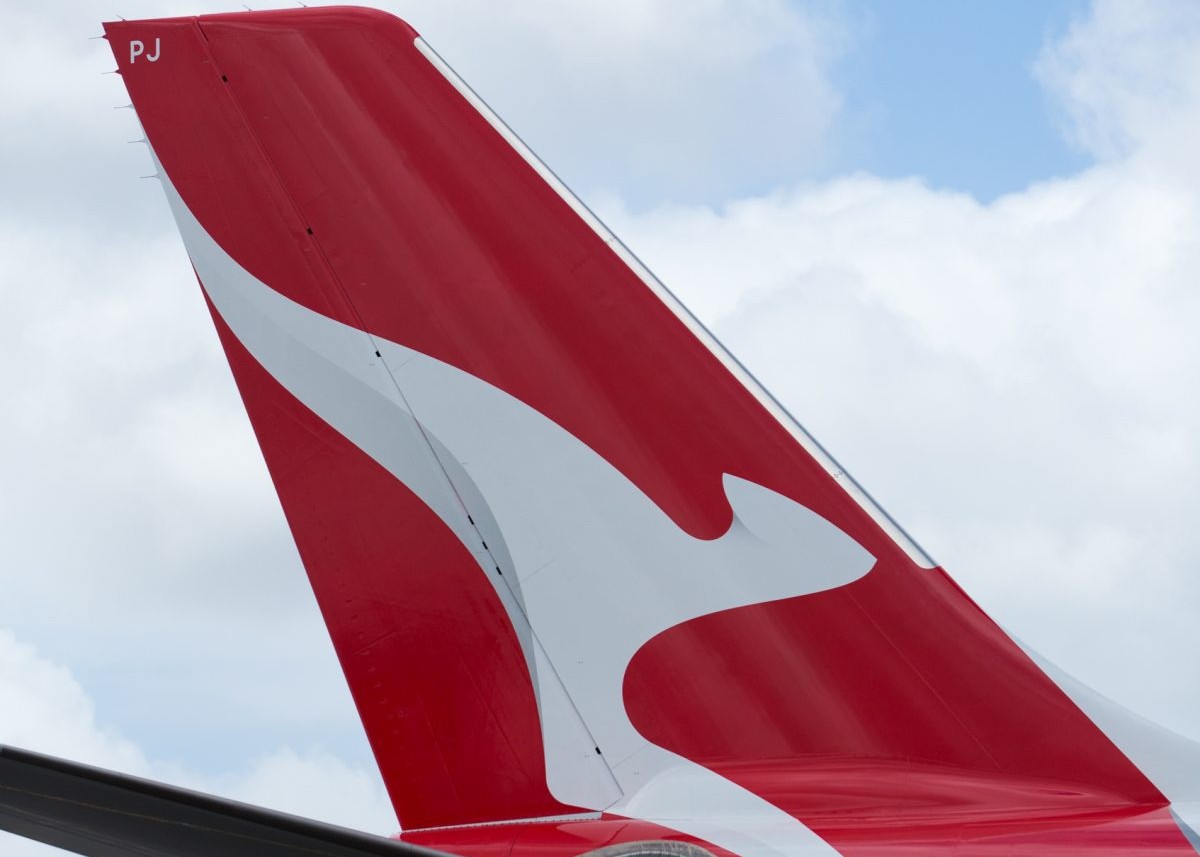Qantas plans to add more freighters

Qantas Group plans to add “three additional” Airbus A321 passenger to freighter (P2F) aircraft to help Qantas Freight meet air cargo demand.
Speaking about these freighters and other planned passenger aircraft, the Group said the aircraft will help “maintain required capacity despite manufacturer delays to new aircraft” and “burn up to 25% less fuel than the models they replace”.
However, the Group did not specify when these freighters would arrive, which company would be converting them, or whether they were already converted, and where they would operate.
Air Cargo News has contacted Qantas for comment.
In August 2022, Qantas Freight said it would increase its domestic fleet with six Airbus A321 passenger to freighter (P2F) aircraft to meet growing e-commerce demand from its customers.
The Australian airfreight carrier said the A321s, which are expected to progressively arrive between 2024 and mid-2026, will be sourced on the open market and converted to freighters.
Air Cargo News is awaiting clarification on whether the three A321P2Fs recently announced are in addition to the six A321P2Fs announced in August last year, or part of this previous deal.
Qantas is also converting two widebody A330s to freighters, one of which will be used on the domestic network. It will also continue to supplement its fleet with wet-leased aircraft.
In a press release about its results for the first half of the financial year 2023, the Group said it earned A$1.43bn underlying profit before tax to December 31 2022, which is 49% higher than the prior first half record result achieved in full year 2018.
“The drivers of this result were consistently strong travel demand, higher yields and cost improvements from the Group’s A$1bn recovery programme that is nearing completion,” said Qantas.
Group chief executive Alan Joyce commented: “This is a huge turnaround considering the massive losses we were facing just 12 months ago.
“When we restructured the business at the start of Covid, it was to make sure we could bounce back quickly when travel returned. That’s effectively what’s happened, but it’s the strength of the demand that has driven such a strong result.
“Fares have risen because of higher fuel costs, but also because supply chain and resourcing issues meant capacity hasn’t kept up with demand. Now those challenges are starting to unwind, we can add more capacity and that will put downward pressure on fares.
